Friday night was the noir series at the 15th annual City of Lights, City of Angels (COL•COA) film festival in Los Angeles. My favorite: director Martin Provost’s “The Long Falling,” based on a Keith Ridgway novel, which follows a guilty woman in her fleeting days of freedom.
Actress Yolande Moreau had her work cut out for her in playing the woman, Rose, who has murdered her alcoholic and abusive husband of 30 years. That’s because what’s left of Rose is just a shell of a person.
Nonetheless, Moreau deftly inhabits Rose. Her worn-down, resigned expression when she runs him over with her car is not much different than when she takes her nightly bath, immersing her perpetually bruised skin in the hot water and glancing warily over her shoulder, listening for his footsteps.It is Moreau’s authenticity as an actress and Provost’s skillful direction that make this movie so compelling. The somber story starts with a mighty jolt, then takes its time unfolding. Agnes Godard’s atmospheric cinematography and Hugues Tabar-Nouval’s original score also draw you into this strangely intense neo noir.
After Rose commits the crime, she leaves her isolated farm town, telling no one, and heads to Brussels to be with her son (Pierre Moure). But their relationship is strained — he has also been abused by the same monstrous man and feels an undercurrent of resentment toward his mother for her inability to protect him as a child. Meanwhile, the police are investigating and there’s little chance that they won’t apprehend her.
Eventually, she leaves her son’s place, rents a room and then attempts to flee the country with the help of a woman who is essentially a stranger (a bit too wildly implausible). Once more, Rose does not or cannot challenge her fate.
We have sympathy and feel sadness for Rose, yet Provost (who also directed Moreau in 2008’s “Séraphine,” a winner of many prestigious awards) does not whitewash the moral choices Rose has made in her life. The film also reminds us that we never exist alone in the world, no matter how desperate or dire our circumstances.
“The Long Falling” image from uniFrance
![the-long-falling[1]](http://www.filmnoirblonde.com/wp-content/uploads/2011/04/the-long-falling1.jpg)







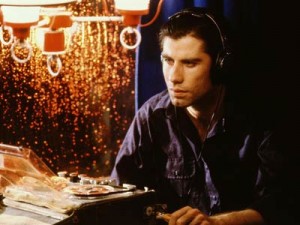
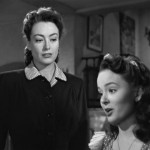

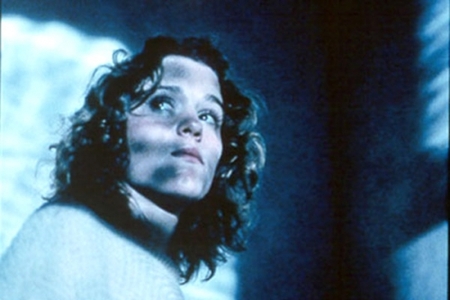
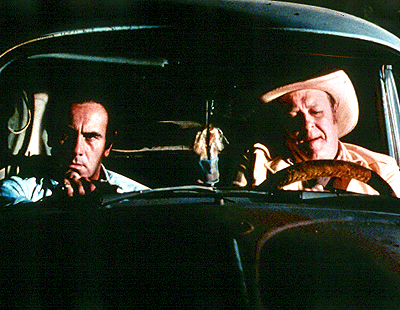
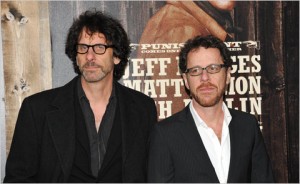
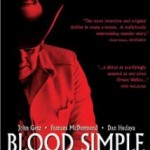

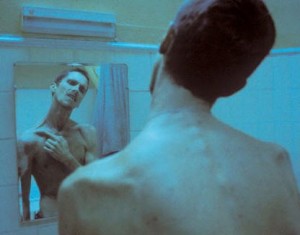
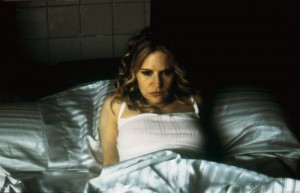






From FNB readers